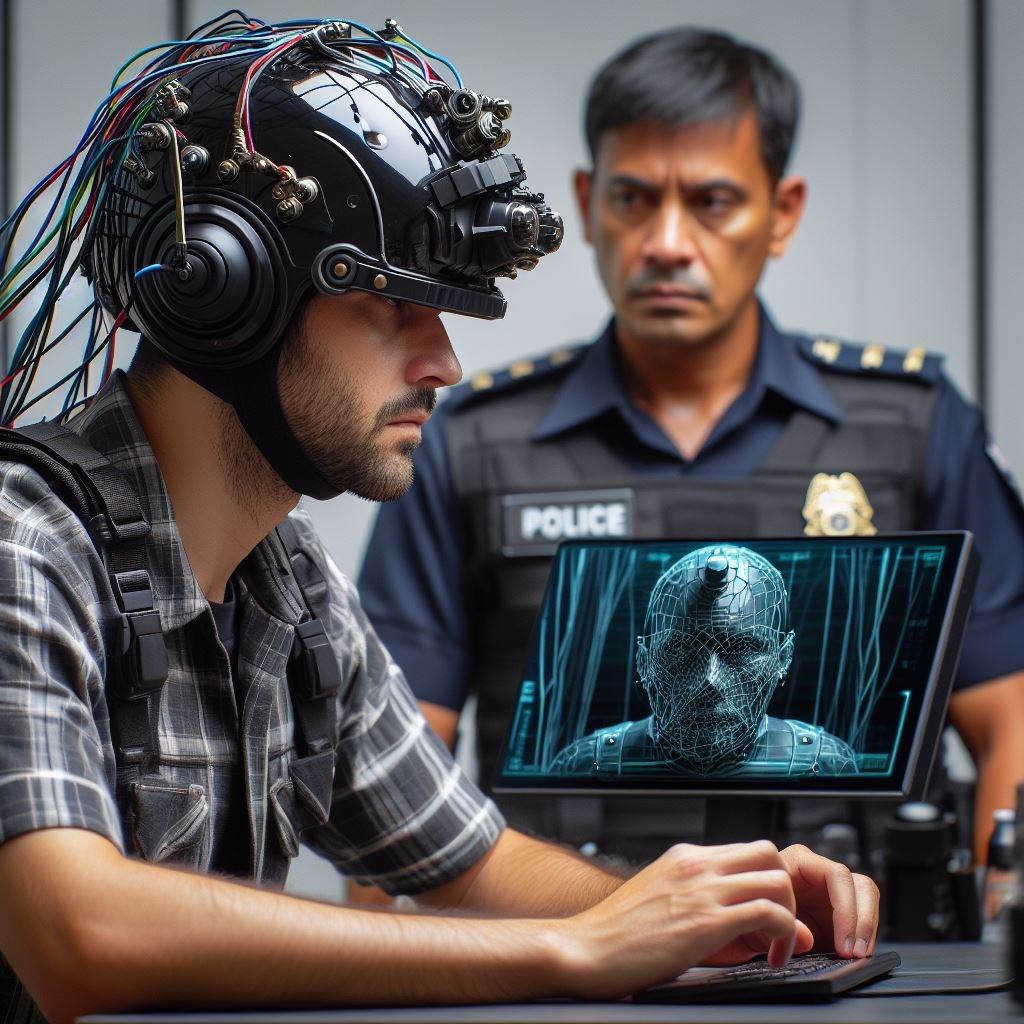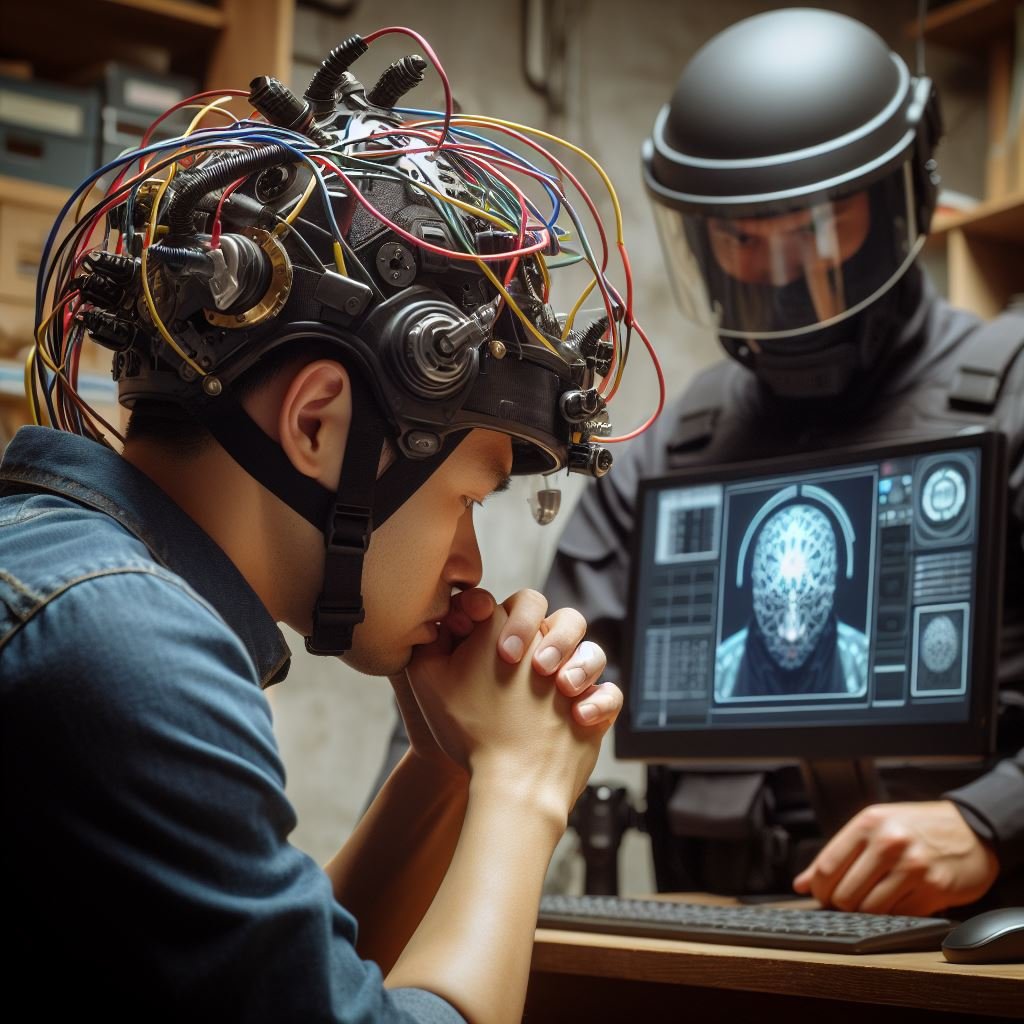Brain-Computer Interfaces: A Reality in Law Enforcement
In the realm of science fiction, we have often been captivated by the idea of direct communication between the human brain and computers. From movies like “The Matrix” to novels like “Neuromancer,” the concept of brain-computer interfaces (BCIs) has fascinated us for years. However, what was once considered a far-fetched concept is now becoming a reality, especially in the field of law enforcement.
BCIs are technological systems that create a direct link between the brain and an external device, such as a computer. Through the use of advanced sensors and algorithms, BCIs can interpret brain activity and translate it into meaningful commands or information. This breakthrough technology has the potential to revolutionize various industries, including healthcare, gaming, and now, law enforcement.

The Role of BCIs in Law Enforcement
Law enforcement agencies are constantly seeking innovative tools and techniques to improve their investigative capabilities. BCIs offer a unique opportunity to enhance the way investigators interact with suspects and gather crucial information.
One of the most significant applications of BCIs in law enforcement is the potential to establish direct communication between a suspect’s brain and an investigator. This opens up a whole new realm of possibilities for gathering evidence and understanding the truth.
Imagine a scenario where a suspect is unwilling to cooperate or is unable to communicate due to physical or psychological barriers. With the help of BCIs, investigators can bypass these limitations and directly access the suspect’s thoughts and memories. This could prove invaluable in solving complex cases or obtaining vital information in time-sensitive situations.
The Ethical Implications
While the potential benefits of BCIs in law enforcement are undeniable, it is essential to address the ethical implications associated with this technology. The idea of accessing someone’s thoughts and memories raises concerns about privacy, consent, and the potential for abuse.
Privacy is a fundamental right that should be protected, even in the context of criminal investigations. The use of BCIs must be regulated to ensure that the information obtained is used responsibly and within the boundaries of the law. Safeguards should be in place to prevent unauthorized access or misuse of sensitive data.
Consent is another crucial aspect to consider. It is essential to establish clear guidelines and protocols regarding the use of BCIs in law enforcement. Suspects should be fully informed about the technology and its implications, and their consent should be obtained before any BCI-based interrogation or investigation takes place.

The Future of BCIs in Law Enforcement
As with any emerging technology, BCIs in law enforcement are still in the early stages of development. However, the potential for growth and advancement is immense.
In the future, BCIs could be integrated with other investigative tools and techniques, such as facial recognition software or voice analysis algorithms. This integration could provide investigators with a comprehensive and accurate understanding of a suspect’s intentions, emotions, and credibility.
Moreover, BCIs could be used in rehabilitation programs for offenders, helping them to better understand the consequences of their actions and facilitating their reintegration into society.
Conclusion
Brain-computer interfaces are no longer confined to the realm of science fiction. They have become a reality, and law enforcement agencies are exploring their potential applications. While BCIs offer exciting possibilities for improving investigations and gathering evidence, it is crucial to address the ethical concerns surrounding their use. With proper regulation and safeguards, BCIs could revolutionize the way we approach criminal investigations, making the truth more accessible and justice more attainable.
If you enjoyed this read, please browse around InnoVirtuoso for more articles. And leave us some feedback in the comments below, it’s always appreciated!







